QuestionI purchased a dog which was actually a rescue and she is really a handful. She was afraid of everything and everyone and extremely hyper ( I think she is part kangaroo). She has come a long was since I brought her home in September. She has never been a house pet but I would like to eventually have her in my home. My problem is that she is currently living in a heated 4 car garage and she pees and poops all over and I can't get her to stop. I can't get her to use a crate when you touch her collar she starts crying and yelping, I really want to start crating but I am not sure what to do. I have tried throwing food in the crate when I do get her to go in she will try her hardest to get out to the point of her bleeding.
AnswerWe recenmtly had a dog in our obedience training program with the same issues, and in our book we have a section on dealing with abused dogs and hyper sensitivity issues. It takes a lot of daily work to rebuild the dogs confidence and dial down the fear and stress.
You need to find a local trainer that can handle stressed dogs and uses only positive reinforcement. Our training programs are built areound each individual dog and start with an evaluation and interview. We have a crate, agility equipment and house furniture, bikes, and life like dog statues in the room. Through palpation and introduction to the different items we find what the dogs triggers are, then work on socialization and desensitization. You can get a grasp of the process for desentization to other dogs and people with a video from 4pawsu called Calming Signals. It sfrom sweden but done in English. You might also want to get a paper back book called, :The Dog that Loved Too Much" that has case studies in this area. Forget about any TV dog program advice you may see, each dog has to be individually evaluated and treatment personalized.
In our case with Snoopy, we found a toy that it really really wanted and would work to get. At the end of the program we gave the toy to the owner so she could work further with her dog. You need to find a toy or treat that the dog will work for that distracts them from their phobias. It becomes their "security blanket" and gives hem a constant in their confused life.
We start with simple things. As trainer I give the toy to the owner and we are fairly close together, and the owner 4entices the dog to us with the toy. After the dog is accustomed to getting the toy with no reaction from the trainer, [feels safe] the trainer begins to entice the dog with the toy. I hold the tooy and talk nice to the dog, and first hold it at arms length. The dog will sniff, walk around but eventually take the toy. Then closer and closer until it will step over myh leg or arm to get it. Working toward sitting onthe floor and letting the dog get it from between my legs. FInally makig it cross both legs to get the toy near my hip. When the dog will play tug of war I introduce touching the dog from mid back, working toward tail and head. This is continued in exercises till I can pet the dog without fore play. If the dog makes a move to bite me, the owner chastises the dog, so I am seen as a friendly haven from the owner.
Eventually both of us (owner and trainer) can walk the dog, get some basics of obedience trained. Then we introduce different objects, crate, jumps and the tunnel. Most dogs will work for food, vs a toy, but what ever the dog craves most is what we use.
The crate is always in the training rooom with the door open. The owner will put a toy or treat at the edge so the dog only has to put his head inside the threshold. Successive trys place the item further and further in, so the front paws get in, then most of the body, and then the hind legs. Success is when the dog will walk in get the item, turn around and walk out (not back out).
You need to train potty place. With the dog on lead, walk it to where you want it to go. Wait until it does. Then immediate praise. Take the dog out every hour until the dog knows this is where to go. Then increase the interval to 2 hours, 4 hours, etc, until you are at the frequency you want 1, 2, 3 times day as desired.
If the dog goes in the house,you have 3 seconds to catch it and say NO! otherwise just put the dog out and clean up. Do not let the dog see you clean up. Pack leaders do not clean up after the others in the pack.
At some point early in this, introduce the nothing for free program. That means exactly what it reads. The dopg must perform some action to get anything, food, treat, attention, toy, etc. Doesn;t matter what you choose, sit, fetch, give paw, just have the dog do the same action before it gets anything. Most start with SIT. When the dog sits, say, Good Fido, Good Sit. and slowly bring the object to the floor. If the dog lunges, freeze, do not withdraw the item, and tellteh dog to sit, wait. This teaches it that you are in control and the dog must wait as 2nd in line for the food, treat, toy, etc.
When the dog begins to be :normal: the remainder of obedience training is finished with socialization skills emphasized and practiced each time.
Home sessions should be 10-15 minutes each. THe opposite of reward is no reward. THink casino gambling. If the machine paid offe very time there is no fun.incentive. If it never pays off, likewise, no fun. But intermittant pay off and millions play thinking they will hit the jack pot. Cut through all the smoke and mirrors, all training is simple operant training, directly from Pavlov and Skinnes work.
The owners mind set should be confidence, relaxed. The expectation should be : the dog will do what I ask : Never show being tense, nervous, fear, or low expectations.
Our book and DVD are $29 if you don't have local resources.
Regards,
Henry Ruhwiedel
Westwind Kennels LLC
www.dogkennel.org

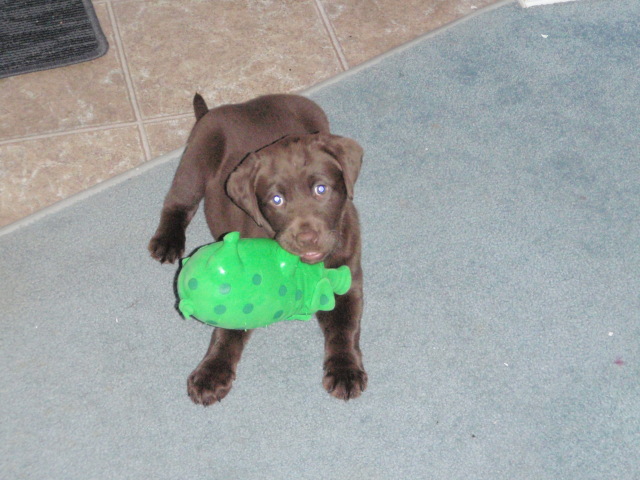 Puppy help!
Question
Roxy!
Hello! I am so glad I found this site:)
Puppy help!
Question
Roxy!
Hello! I am so glad I found this site:)
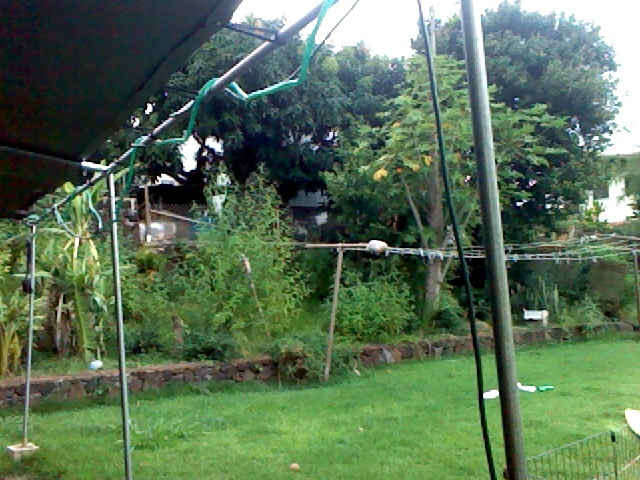 Designating bathroom area
Question
backyard
I have 2 medium mutts that are both b
Designating bathroom area
Question
backyard
I have 2 medium mutts that are both b
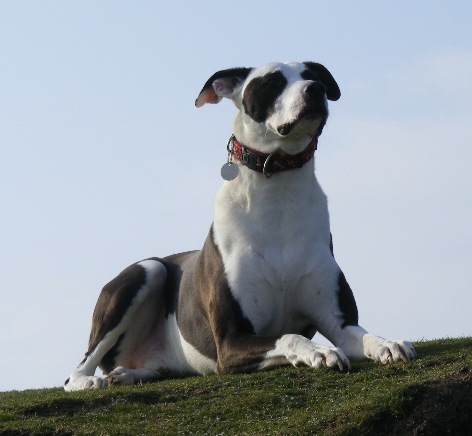 Ponter cross aggression
Question
Ollie
I have an 8 y/o pointer cross lurcher (w
Ponter cross aggression
Question
Ollie
I have an 8 y/o pointer cross lurcher (w
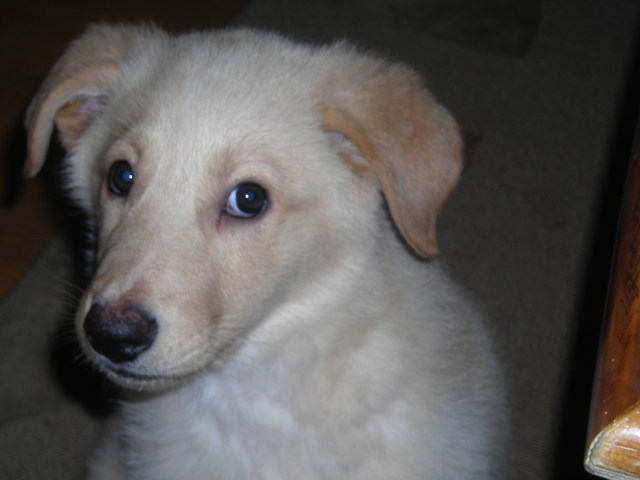 housetraining
QuestionQUESTION: We have a 10 week old retriever/colli
housetraining
QuestionQUESTION: We have a 10 week old retriever/colli
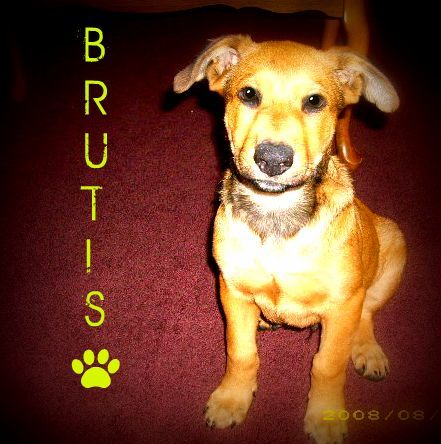 dog training.
Question
Brutis
I have a 6 month old german shepherd/la
dog training.
Question
Brutis
I have a 6 month old german shepherd/la